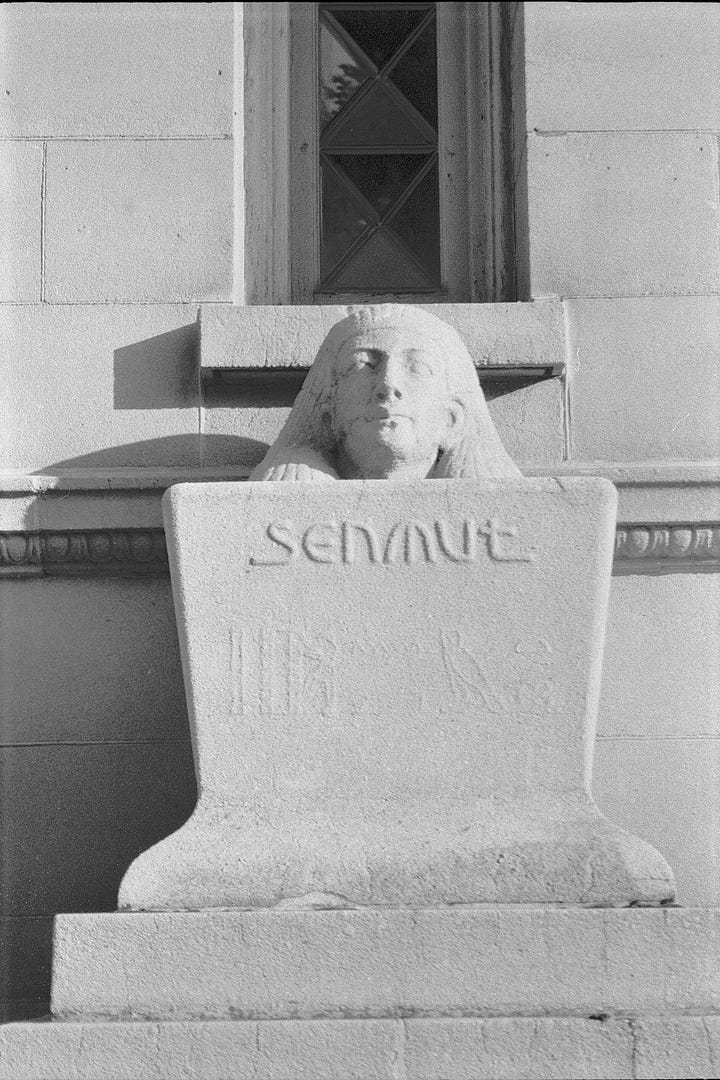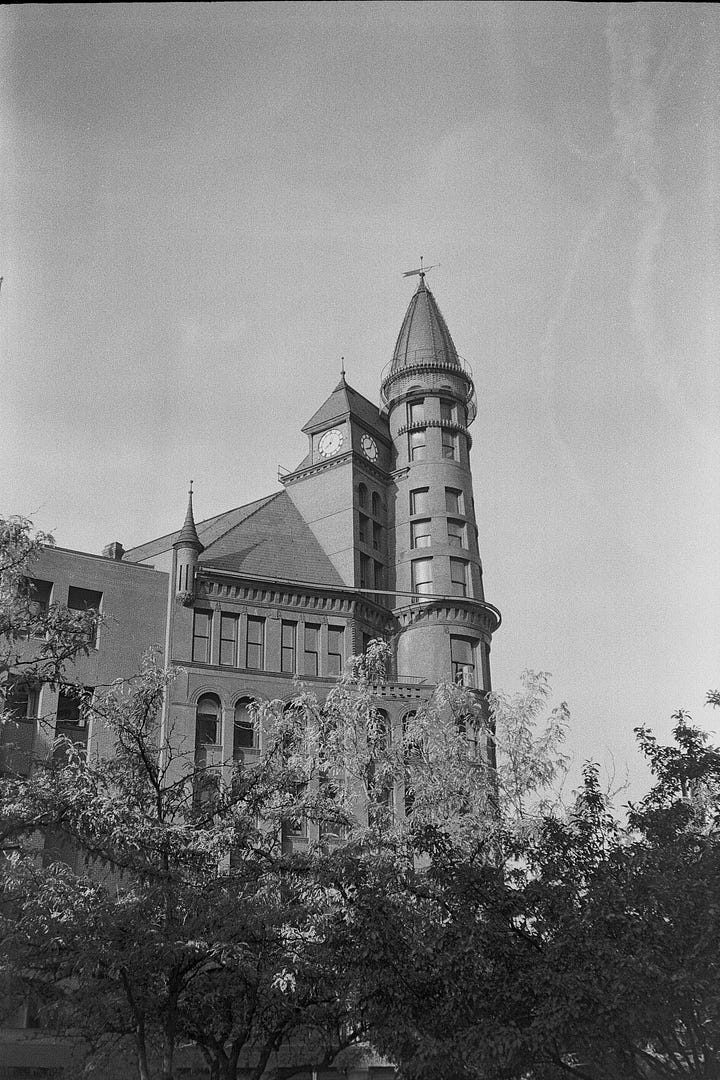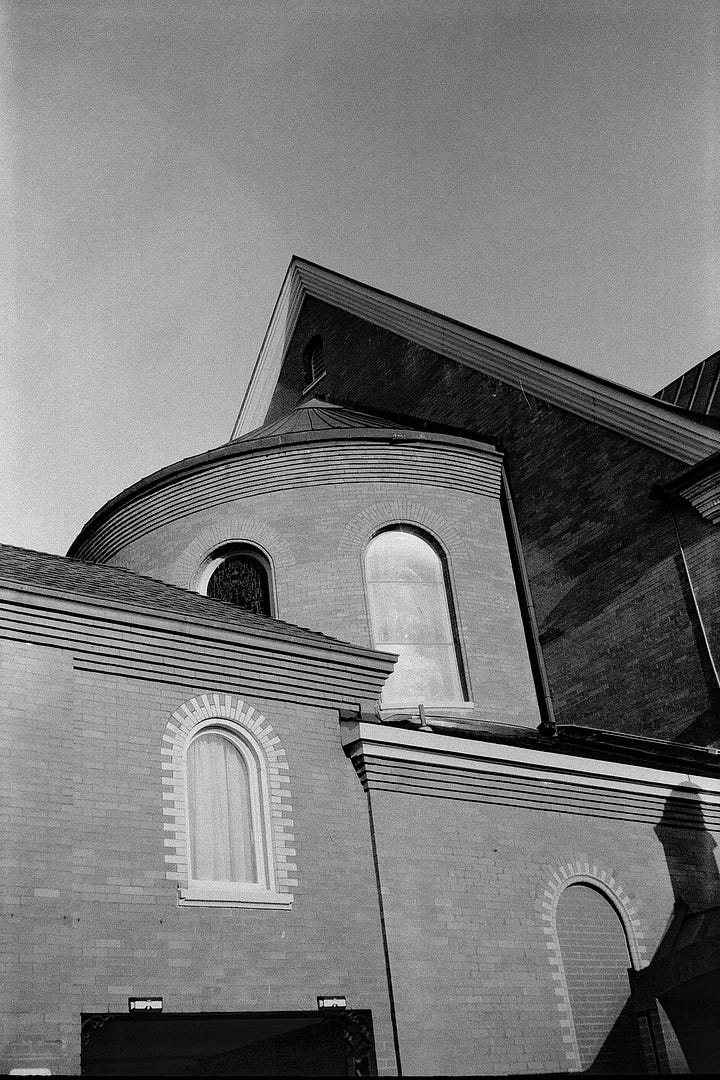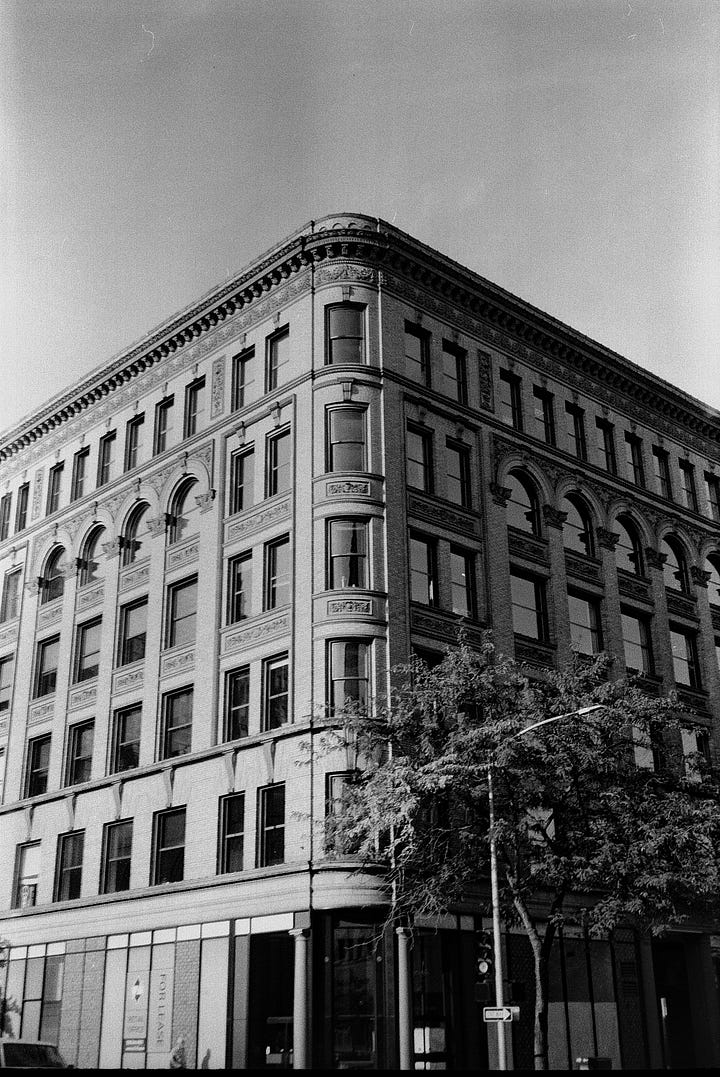Camera Review: Canon Sure Shot Tele 35mm Compact Film Camera
Much more than your average point and shoot!
If I told you I came across a 35mm film camera with two prime lenses, autofocus, automatic exposure control, multi exposure mode, flash, tripod socket, and a built in soft filter, you might think I was talking about a 35mm AF SLR á la Rebel or Minolta Maxxum. In this case, you’d be surprised.
I’m talking about the unassuming Canon Sureshot Tele, a compact point and shoot with some added fun and useful features.
Canon built the SureShot Tele in 1986, a time where there were plenty of decent options for autofocus compact cameras with ease of loading, autofocus, and exposure control, while being affordable enough for a large market sector to purchase.
Film photography was booming, with better cameras, greater film selection, and 1 hour photo labs everywhere.
Canon sought to create something a little different to stand apart from others in the price line, and came up with something that packed in a lot of great features for the money.
What makes the Canon Sureshot Tele stand out from other point-and-shoot cameras is its twin focal lengths. The camera has a 40mm f/2.8 lens and a 70mm f/4.9 lens, which gives you a wide range of shooting options. This makes it a great camera for street, landscape, and travel photography.
In addition to its twin focal lengths, the Canon Sureshot Tele also has a number of other creative features; a soft focus filter and a multiple exposure mode. These features allow you to experiment with different photographic techniques and create unique and expressive images.
Just check out the features list:
Focus System : Near-infrared beam triangulation auto-focus system; pre-focus capable
Lens : Two focal lengths – 40mm f/2.8 (4 elements in 3 groups) and 70mm f/4.9 (7 elements in 6 groups)
Shutter : Electromagnetic programmed shutter and aperture; EV 6-18 at ISO 100; In 40mm config. f/2.8 at 1/8 sec. – f/22 at 1/500 sec.; In 70mm config. f/4.9 at 1/3 sec. – f/27 at 1/350 sec.; Built-in self-timer, multiple exposures capable
Viewfinder : Automatically switches to selected focal length; Reverse Galilean VF with projected frame lines; 0.45x magnification at 40mm focal length and 0.72x at 70mm
Viewfinder Information : Displays the autofocus frame, in-focus LED light, near-distance warning LED light, combined flash-ready and camera-shake warning LED light, parallax correction marks
Film Speeds : ISO 50 – 1600 with DX code capability
Flash : Built-in flash, guide number 10.5 (at ISO 100 in meters); Flash On, Flash Auto, and Flash Off modes are user-selectable
Power Source : One 6 volt 2CR5 lithium photo battery, enclosed in grip, accessible by unscrewing two screws. No cheap door doomed to break, and very long battery life.
Note “twin focal lengths” and not “zoom lens”. Why is this important? The same reason prime lenses are known for better quality and faster optics than their zoom counterparts in the 35mm SLR realm. The glass is made to render excellent images at that precise focal length instead of compromising quality and light absorption by more elements to work within the range of a zoom lens. And both are amazingly sharp.
Film loading is made easy as was typical for the era, just lay the end of the film down on the orange catch and close the door, the DX coding determines the film ASA so no worries about forgetting adjustments there. After you close the door, the film advances to frame 1, and you are ready to shoot!
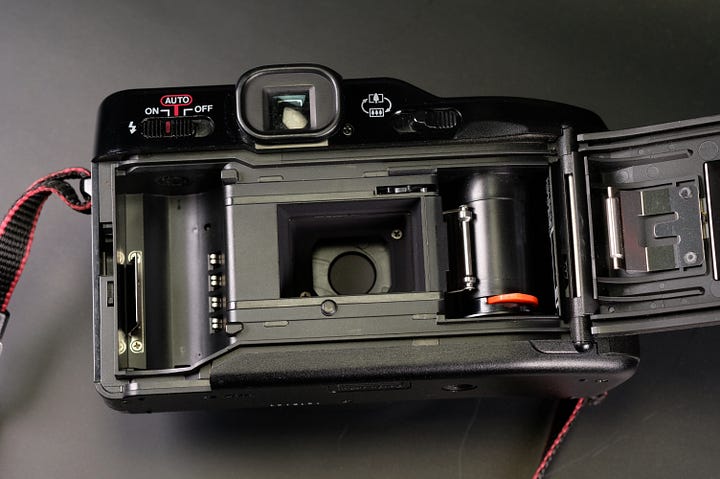
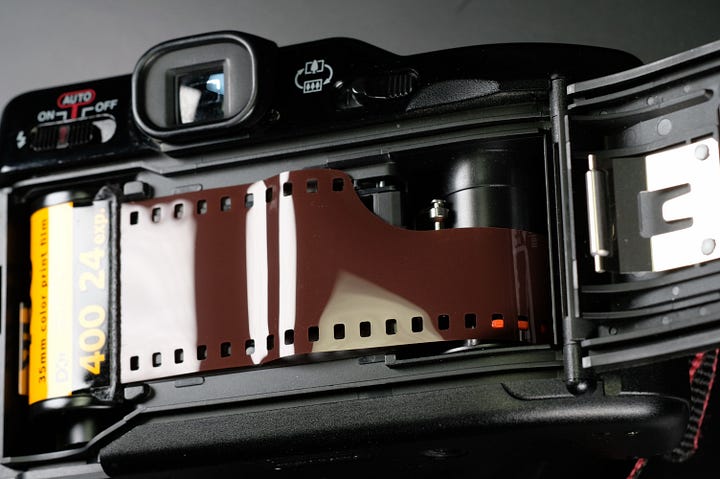
As far as Aesthetics… I would say this camera grows on you. At first glance it seems boxy, especially when compared to pricier compacts at the time, that had smoother lines and less bulk. But honestly, after a few weeks, it doesn’t look bad at all with the lens at 40mm, I kind of like it. But push the lever for the 70mm and you now have the aesthetic balance noticeably off. Just remind yourself how great the photos will be!
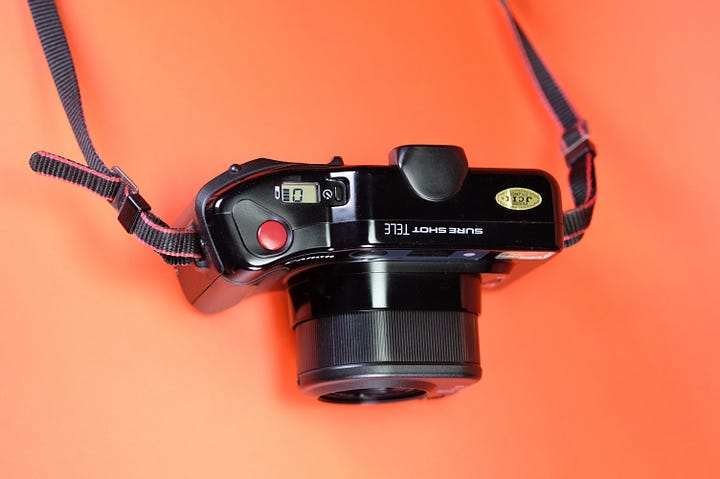
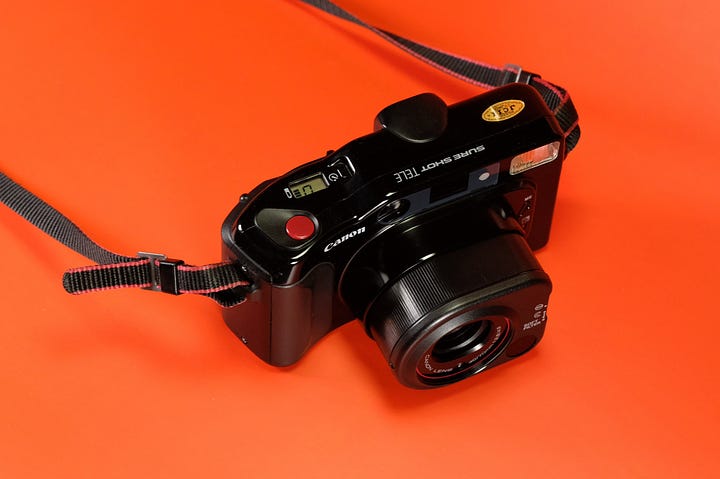
When carrying the camera, the front hand grip has a ridge that holds your fingertips quite well, and combined with the ridge on the back for your thumb, you end up with decent balance and a secure feeling that it won’t drop. The feel of the plastic everywhere else is smooth and somewhat slick, so the designer got this right…for right handers anyway.
While depressing the shutter halfway down, there’s a slight click, telling you the the pre-focus is locked. The shutter movement is smooth and lends to a steady feel, easy to keep still. Once you depress the shutter button, there is an ever so slight delay and then a rather loud buzz when the shutter cycles through, and then a quieter film advance cycle.
I wore the camera mostly with the original strap comfortably around my neck, ever-ready for an opportunity for a photo on a short photowalk downtown. I am very happy with the results right out of the camera and scanned on my Prime Film XA scanner I have recently acquired. That, compared with Silverfast software, make for a clean scan at high resolution. I shot a roll of Fuji Superia 400 and Arista EDU 200:
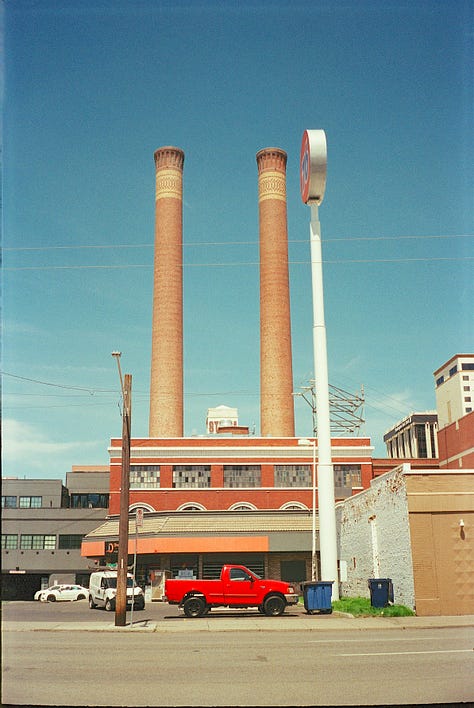
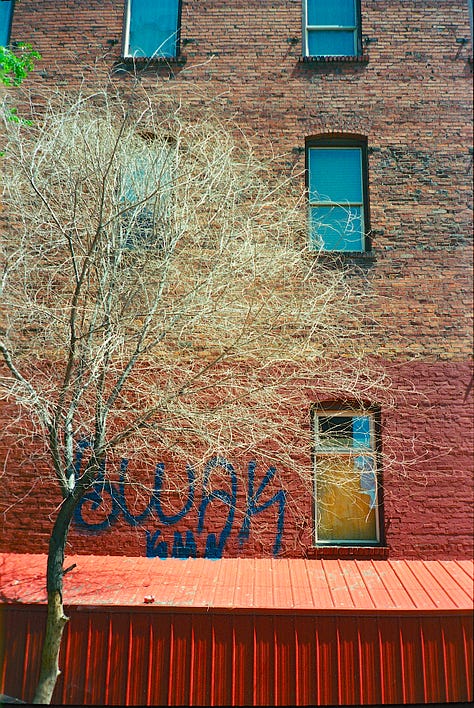
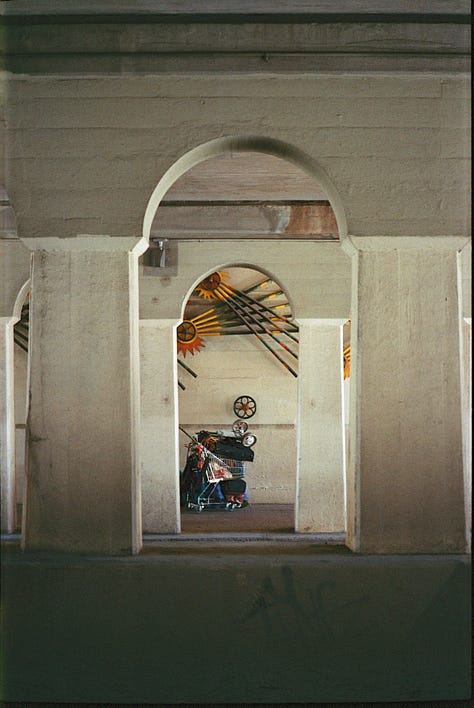
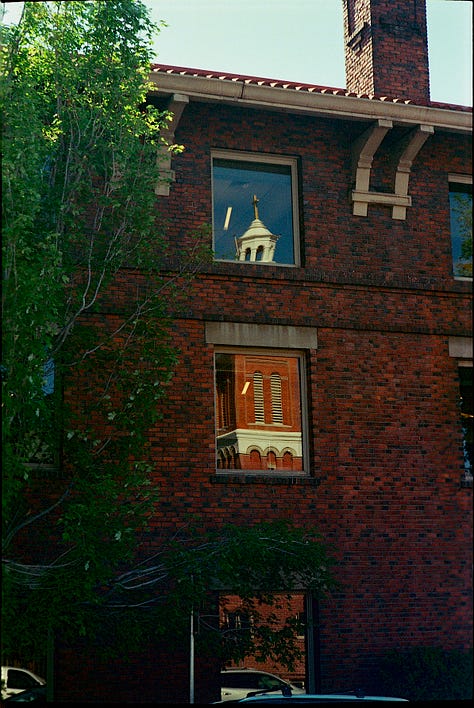
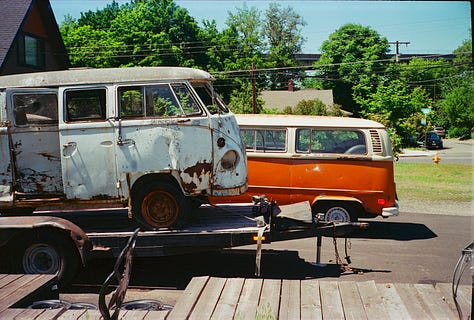
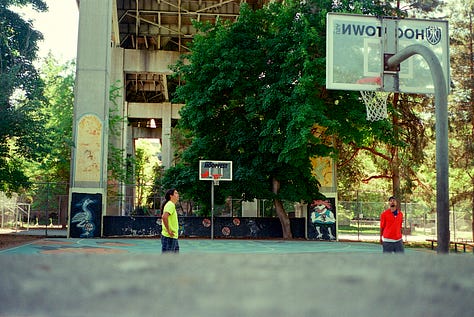
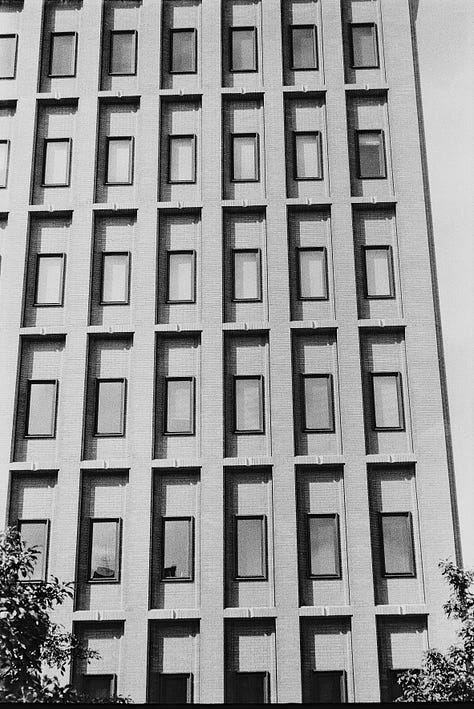
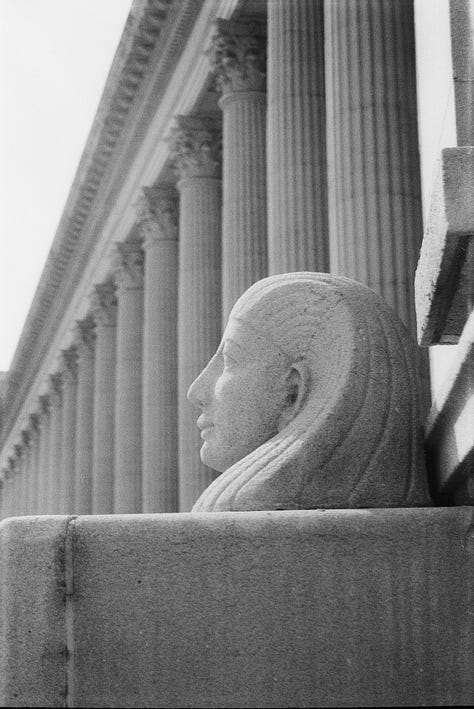
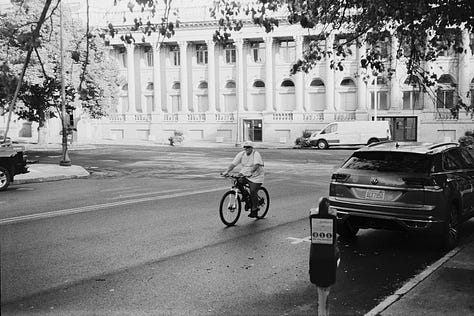
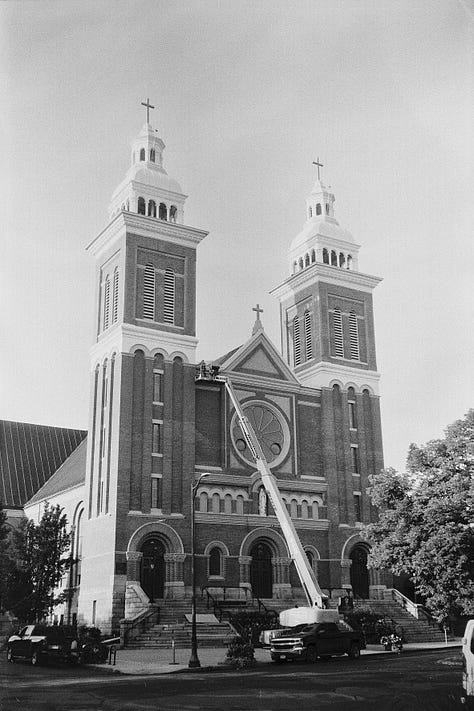
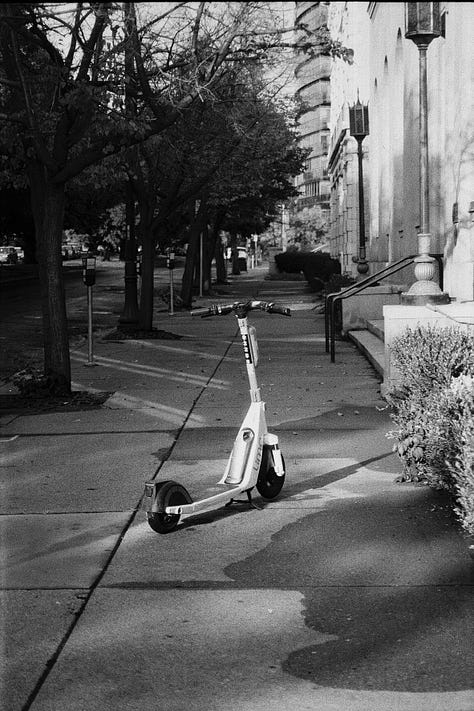
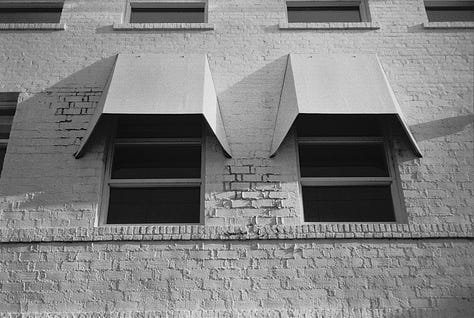
Here are some comparisons at 40 and 70mm. The edge to edge sharpness and even exposure I achieved with both lenses is pretty amazing. And the autoexposure sensor was bang on in some trick lighting situation, like the van under the cove. It had to discern shadows and highlights in full sun and calculate a pretty precise median exposure.
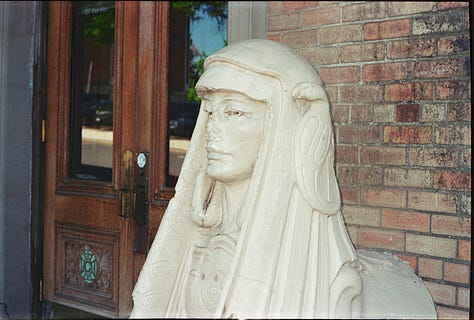
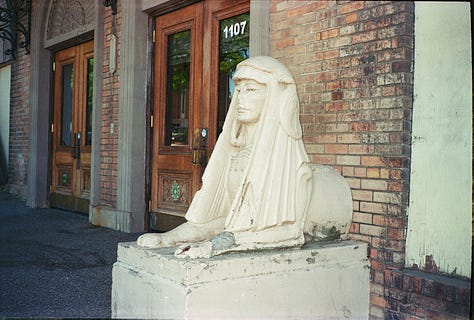
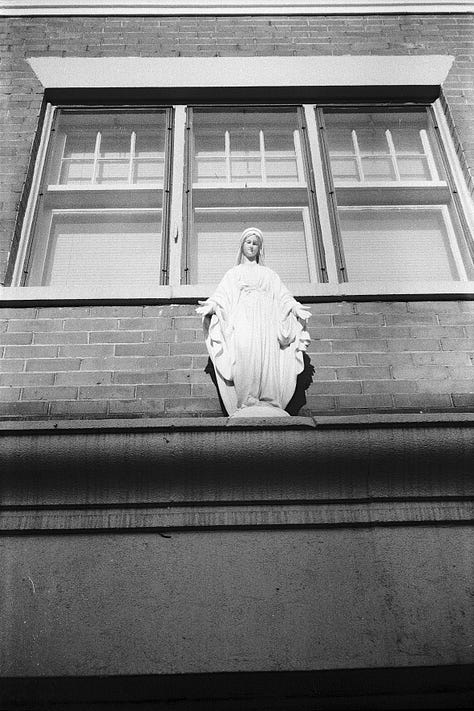
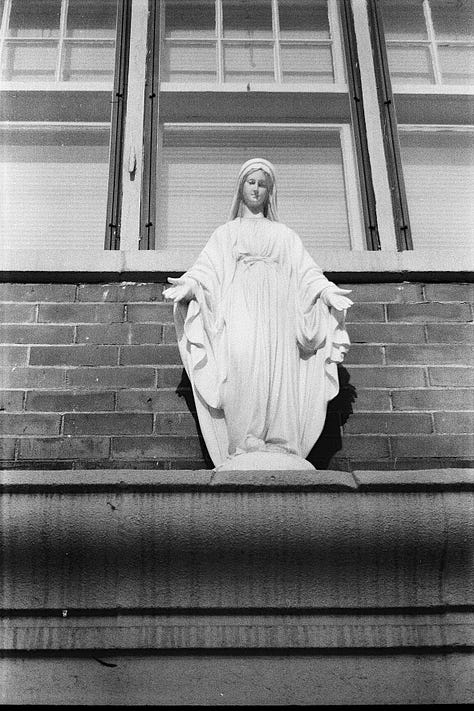
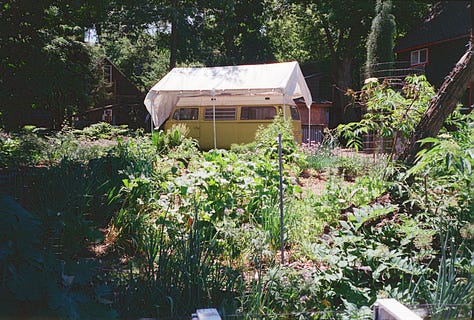
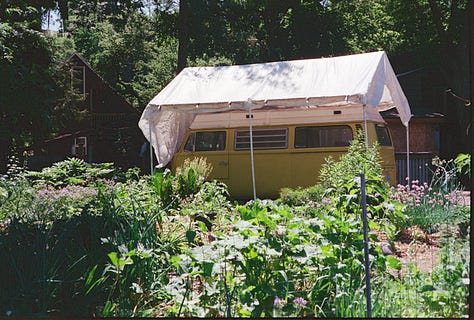
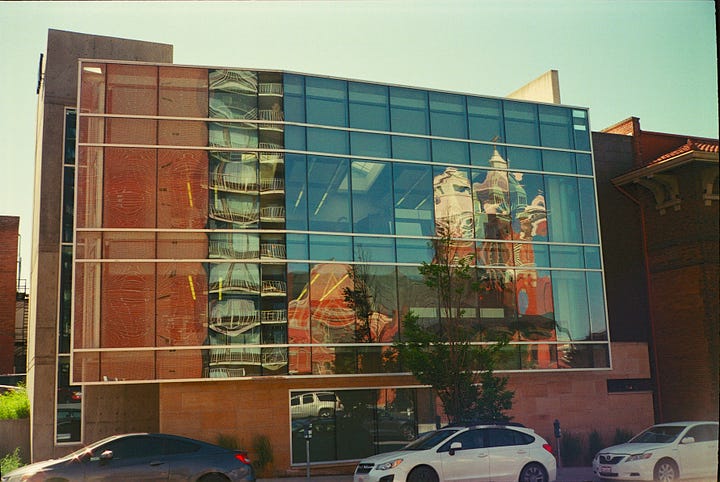
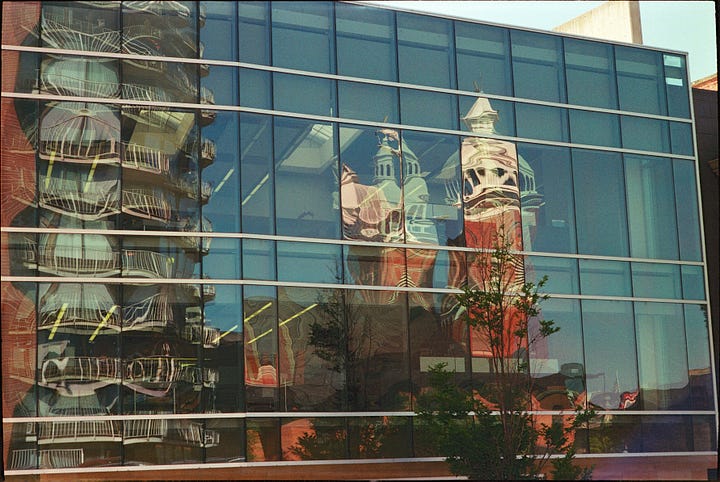
I love how bright the viewfinder is and the convenient placement of the buttons. I didn’t have to fumble around for the control, they are easily accessible even with my larger hands.
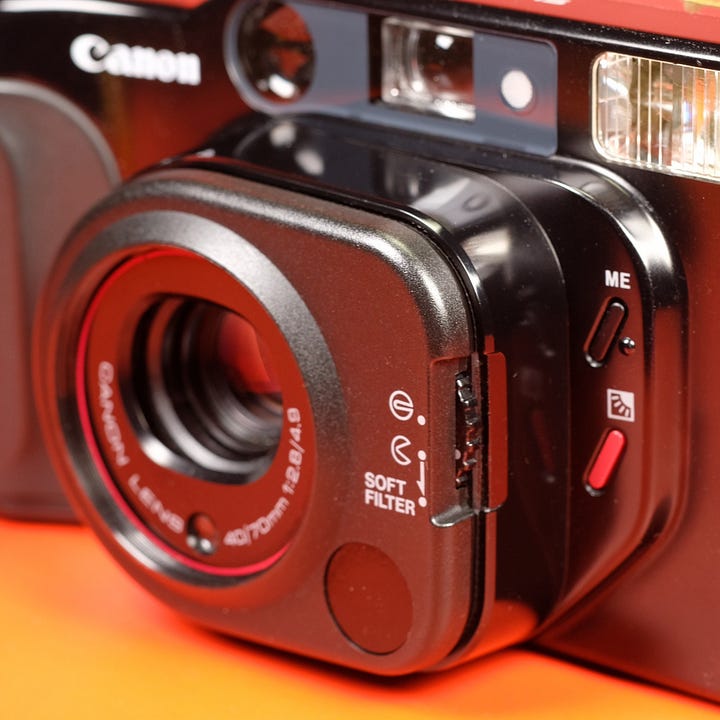
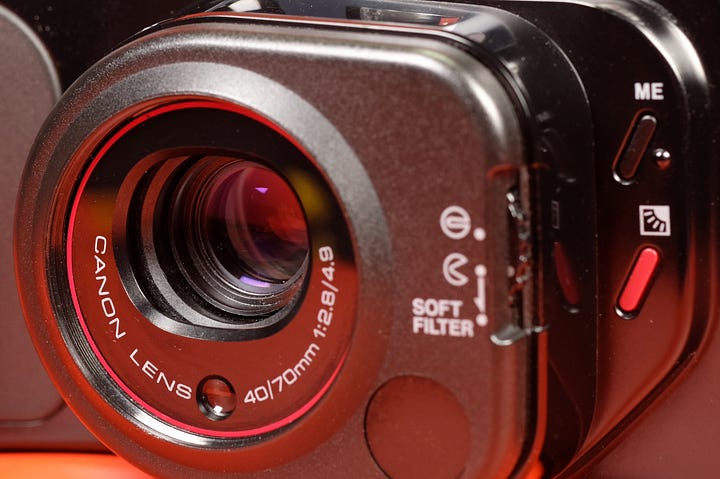
The soft focus filter at first seemed pretty gimmicky, and you do have to hold the slider open to cover the lens completely, presumably a failsafe so you wouldn’t forget to remove it for photos that need to be completely in focus. For a regular shot with color film and normal lighting, it just looks soft, like this one of my son obviously underwhelmed at being the subject of yet another camera test.
But you can obtain some dreamy cool shots with backlit scenes like the sunflowers, or in shaded light like when Coco posed for me under the tree in a shaft of light. This was actually taken just a few feet away so the minimum focal distance is not too shabby either.
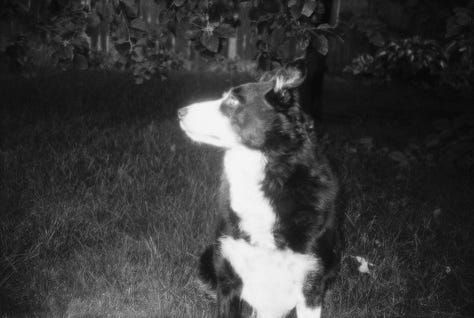
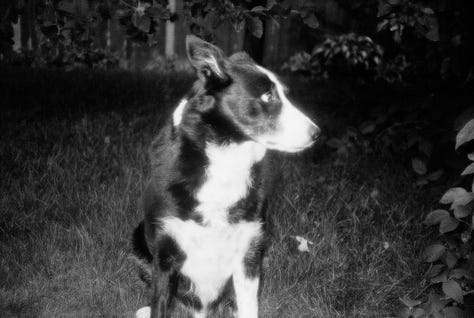
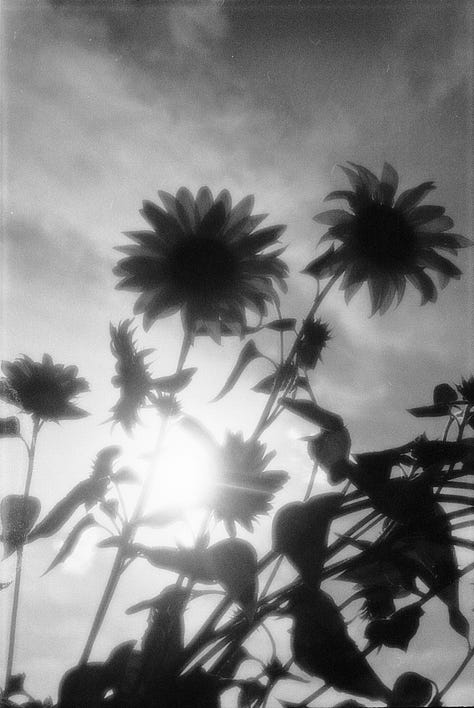
Multi-exposure in a point and shoot is rare. This one works well, but be aware that this takes practice. For the sake of this write-up I composed a shot of the river from the bridge I saw on the way home from work. I was going to wait and insert a person or Coco into the second exposure, but there were to many other shooting opportunities in the area so I inserted the sunflowers. A little off on composition but that is no fault of the camera. Remember that you are doubling up exposures onto one frame, so it will most likely be pretty dense. I found my scanner had some trouble with such a dense negative, but you get the idea.
Using the Canon Sure Shot Tele is a breeze, even for beginners. The autofocus system takes the guesswork out of focusing, and the built-in flash helps avoid underexposed shots. The viewfinder, though not the largest, provides a clear frame for composition. The camera's compact size and straightforward controls make it an excellent choice for those new to film photography or those seeking a hassle-free shooting experience.
Who Is It Good For?
The Canon Sure Shot Tele is an ideal companion for enthusiasts looking to step into the world of film photography. Its ease of use, reliable picture quality, and nostalgic charm make it a great choice for casual shooters, travelers, and those who want to experience the tactile joy of film. It's also a good option for those who appreciate vintage aesthetics and want a taste of 1980s camera design.
Positive Aspects
Charming Aesthetic: The camera's retro design adds a touch of nostalgia to your photography experience.
User-Friendly: With autofocus, programmed exposure, and simple controls, it's a great starting point for film newcomers.
Portability: Its compact size makes it an excellent on-the-go companion for capturing spontaneous moments.
Negative Aspects
Limited ISO Range: The restricted ISO range might pose challenges in low-light conditions or when using certain film stocks.
Basic Features for Advanced Photographers: While user-friendly, advanced photographers might miss manual control options.
To get the best results from the Canon Sureshot Tele, follow these tips:
Use a fast film (ISO 400 or higher) in low-light conditions.
Use the flash for close-up shots or in low-light conditions.
Experiment with the different focal lengths to find the best composition for your shot.
Use the soft focus filter to create a dreamy, soft-focus effect.
Use the multiple exposure mode to create creative double exposures.
In conclusion, the Canon Sure Shot Tele 35mm compact film camera offers a delightful blend of vintage charm and modern convenience. Its solid build quality, reliable picture quality, and ease of use make it a great choice for newcomers to the world of film photography. While it may lack some advanced features, it compensates with its straightforward design and the ability to capture sharp, correctly exposed moments on 35mm film. So, if you're looking to embrace the magic of film with a touch of nostalgia, the Canon Sure Shot Tele might just be your perfect companion on your photographic journey.
